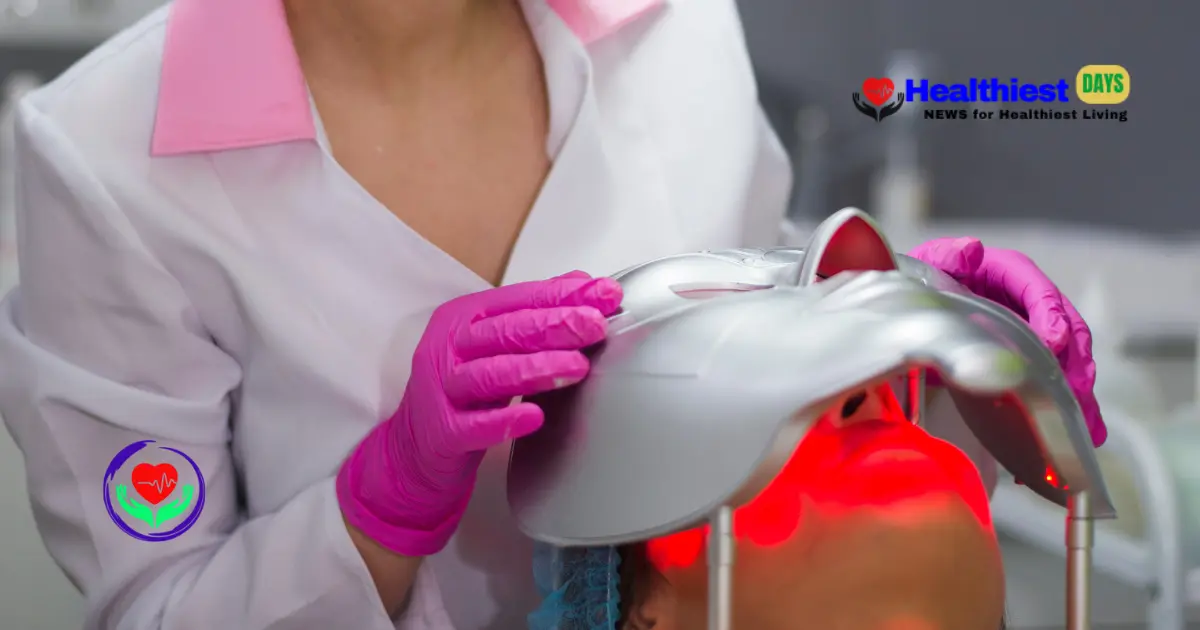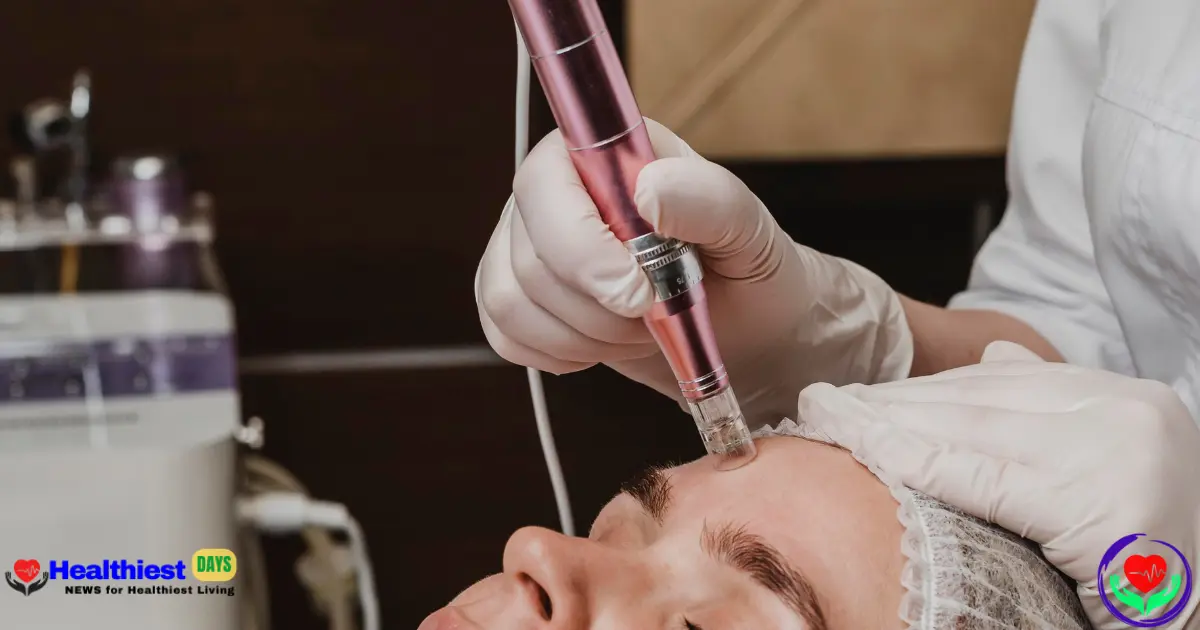Hyperpigmentation Laser Treatment in the USA: Costs, Safety & Best Results (2025 Guide)

What is hyperpigmentation?
Hyperpigmentation is one of the most common yet stubborn skin concerns of the modern era. It appears on your skin as dark spots, uneven patches, or discoloration due to an overproduction of melanin. There are numerous causes that range from sun exposure and hormonal changes to acne scars and inflammation. Well, considering that topical creams may offer slow results, hyperpigmentation laser treatment has become the gold standard in 2025 for those seeking faster, more reliable outcomes.
Additionally, if you’re dealing with melasma, age spots, or post-inflammatory hyperpigmentation (PIH). It is a process of knowing your options that can empower your journey toward clear, radiant skin.
Why Laser Treatment Works for Pigmentation
Laser pigmentation is a kind of process in which removal uses focused light energy to break apart pigment clusters beneath your skin’s surface. This mechanism triggers your body to naturally eliminate the pigment and regenerate new, even-toned skin. According to EMJ Dermatology (2025), it is medically approved that clinical laser therapy can reduce pigmentation by 60–90%, especially when paired with professional aftercare.

While at the other hand, unlike creams or peels that may take months, lasers can deliver visible improvements in just a few sessions. The precision of lasers allows them to treat the root of pigmentation deep within your skin—something most surface-level treatments simply can’t reach. Plus, newer technologies like picosecond and fractional lasers are designed for safety, even on darker skin tones.
Cost estimations of Hyperpigmentation Laser Treatment in the USA (2025)
Laser treatments may seem expensive upfront for your skin, yet they often prove more cost-effective than years of trying ineffective creams. Let’s delve into details about what you can expect to pay in the USA this year:
| Laser Type | Average Price/Session | Sessions Required | Estimated Total Cost |
| Q-Switched Nd:YAG | $250–$350 | 4–6 | $1,000–$2,100 |
| Picosecond (PiQo4) | $400–$600 | 2–4 | $800–$2,400 |
| Alexandrite 755nm | $350–$500 | 2–3 | $700–$1,500 |
Note: It is very important to consider the fact that prices vary depending on pigment depth applied on your skin, skin type, clinic reputation, and use of modern technology. Professionally suggested that you always book a consultation before beginning treatment.
There are some clinics that offer laser pigmentation packages or 0% interest payment plans, which has slogans to make treatments more affordable. Be sure to ask them whether post-treatment visits and patch tests are included in the cost.
Top Laser Types for Hyperpigmentation
Your skin is the largest organ of your body. Science says that it demands extra care at every steo that you take to improve or nurture it. Selecting the right laser for your skin type and condition is key to avoiding complications. Here are the leading options:
| Laser Type | Best For (Skin Kind) | Sessions Per Skincare Treatment | Pros: Hyperpigmentation Laser Treatment | Cautions—Hyperpigmentation Laser Treatment |
| Picosecond (PiQo4) | Deep melasma, all skin types | 2–4 | Safe on dark skin, fast healing | Costly per session |
| Q-Switched Nd:YAG | Acne scars, general pigmentation | 4–6 | Deep penetration, low downtime | More sessions needed |
| Alexandrite 755nm | Sunspots, Asian skin | 2–3 | High clearance rate, gentle | Risk of rebound PIH in some |
| Fractional 1550nm | Texture + pigmentation combo issues | 3–5 | Minimal damage, collagen boost | Requires skilled operator |
Always consult with a board-certified dermatologist or laser technician. Wrong laser settings or machines can lead to burns, increased pigmentation, or scarring—especially for skin of color.

Is Laser Pigmentation Treatment Safe for Dark Skin?
Absolutely—if done right.
Talking about darker skin (Fitzpatrick types IV–VI), it contains more melanin, which makes it more reactive to laser energy. After the arrival of modern innovations like picosecond lasers (e.g., PiQo4) and Q-switched Nd:YAG at 1064 nm, they are specifically calibrated to minimize heat damage and prevent PIH (post-inflammatory hyperpigmentation).
“Dark skin needs respect. Choose devices that deliver high efficacy with low thermal damage—like PiQo4 or 1064 Nd:YAG,” says Dr. Seema Malik, Board-Certified Dermatologist (NYC).
Important Note: Only book treatments at clinics with proven experience treating skin of color. Ask for before/after images and machine certifications before proceeding.
Real Results Timeline: What to Expect
Wondering to investigate how long it takes to see results? Here’s a typical timeline for laser melasma results and dark spot fading:
- Week 1–2: It causes the growth of redness subside, and pigment begins to fragment
- Week 3–4: It brings complexion evens out, initial fading noticeable
- Week 5–6: It clearly attracts deep pigment, visibly fades, texture improves
If you are considering full results, Hyperpigmentation Laser Treatment can take 2–3 months, especially for deeper pigment or melasma. Maintenance sessions every 6–12 months are common for long-term control.
Recommended Tip: Take high-res photos before and after each session to track your progress.
Laser Aftercare Guide: Heal Faster & Brighter
Post-treatment care for hyperpigmentation laser treatment is just as crucial as the procedure itself. Here are complete details on how to protect your skin and speed up healing:
First 72 Hours:
- It is recommended not have any kind of makeup, hot showers, or exercise
- You are suggested to apply ice packs to reduce swelling
- You have the choice to use SPF 50+ every 3 hours
Week 1–2:
- It is suggested to use gentle cleanser and healing balm (e.g., Cicalfate or Aquaphor)
- It is said that there should be no exfoliants, acids, or retinols
- Recommend managing strict sun avoidance—wear a hat outside
Week 3+:
- You must slowly reintroduce vitamin C and barrier-repair serums
- You are supposed to keep applying SPF daily—even indoors
- There should be some specific schedule follow-up assessment with your provider
There are some procedures, including hydration, barrier protection, and sun defense, that work as your skin’s best friends during the process of hyperpigmentation laser treatment. Skip these steps, and you risk pigmentation returning or even worsening.
Medical FAQs: Hyperpigmentation Laser Treatment Schema
Q: Is laser treatment for pigmentation FDA-approved?
A: Yes, it is because multiple laser devices like Q-switched Nd:YAG and PicoSure are FDA-approved for treating benign pigmented lesions.
Q: Can laser pigmentation treatment permanently remove melasma?
A: At maximum extent, lasers can significantly reduce melasma; hormonal triggers can cause it to return. Maintenance and sun protection are key.
Q: What medical risks are associated with pigmentation lasers?
A: Risks that may be associated with hyperpigmentation laser treatment are temporary swelling, redness on your skin, post-inflammatory hyperpigmentation (PIH), and rare scarring. Proper settings and aftercare reduce these risks.
Q: Can I combine laser with chemical peels or microneedling?
A: Exactly, yes, but under a dermatologist’s supervision. Combination therapies can enhance results for certain pigment types.
Q: Is it safe to use pigmentation lasers while pregnant or breastfeeding?
A: Definitely not, as most dermatologists advise postponing laser treatments during pregnancy and lactation due to hormonal sensitivity.
Final Take: Laser Isn’t Magic—but It’s Close
Laser pigmentation removal isn’t just a trend for ongoing times (2025) in the USA; rather, it’s science-backed skincare for stubborn discoloration. The key? Choose the right machine and the right provider, and don’t skip the aftercare.
At Healthiestdays, we prefer natural healing, as we do care about all kinds of skin at a global level.
By doing your homework and protecting your results, you can certainly have chances to achieve clearer, healthier skin that lasts.



